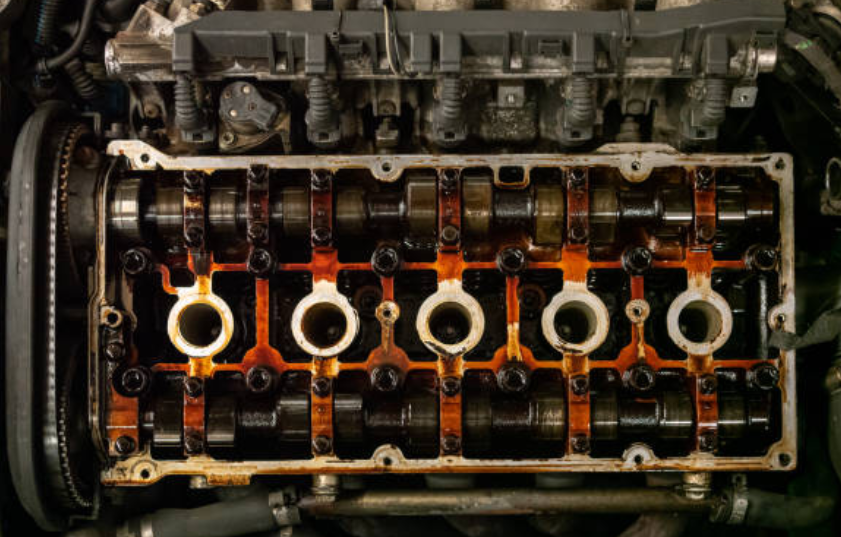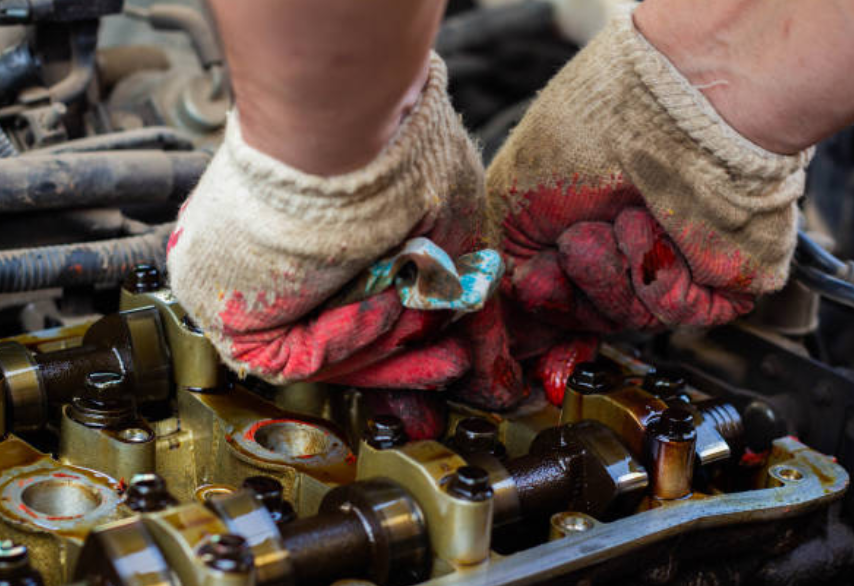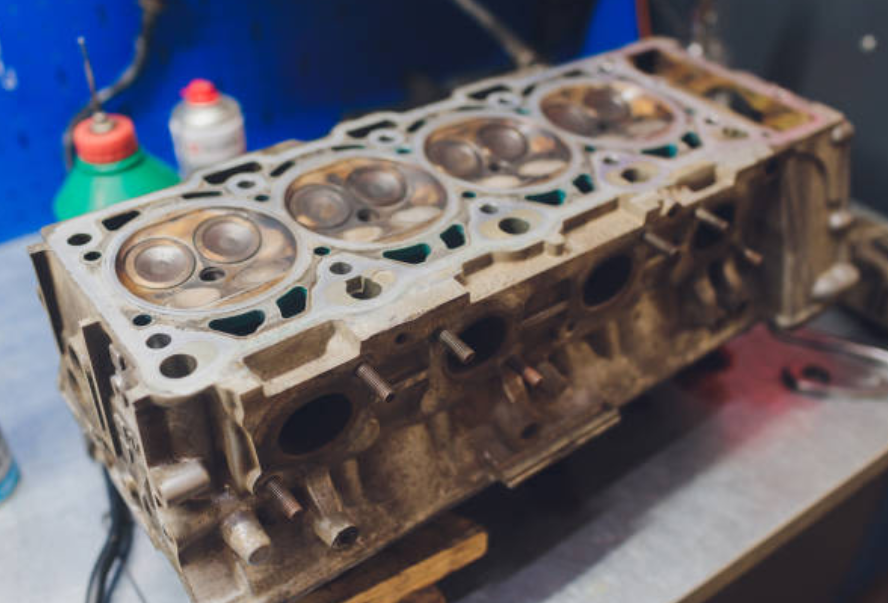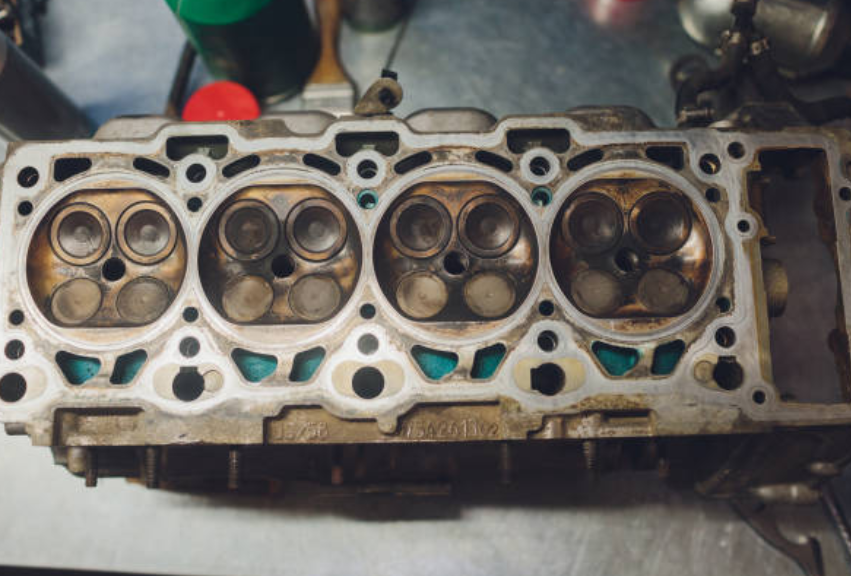What Causes a Blown Head Gasket?
Have you noticed a burning odor while driving your car? It could be an indicator of a significant engine issue: a blown head gasket. This is among the most severe and expensive problems that car owners might encounter. But what leads to it? In this blog post, we'll elucidate the reasons behind a blown head gasket and guide you on recognizing its early warning signs, enabling timely intervention before the problem escalates.

What is a Head Gasket?
A head gasket is a vital engine component positioned between the engine block and the cylinder head. Its primary function is to create a secure seal within the combustion chamber, ensuring that high-pressure gases generated during the engine's combustion process remain contained, enabling the engine to operate efficiently. This gasket also serves to separate fluid passages, preventing the mixing of coolant and oil, which could otherwise lead to engine damage.
Additionally, it plays a crucial role in facilitating the transfer of excessive heat from the combustion chamber to the engine's cooling system, thereby preventing overheating. Crafted from robust materials such as multi-layered steel or composite materials featuring steel cores, head gaskets are engineered to endure the intense temperatures and pressures found within an engine. Nonetheless, over time, they can wear out or fail, leading to issues such as coolant leaks and engine overheating, necessitating costly repairs.

Overheating: Engine overheating due to issues like a malfunctioning thermostat, coolant leaks, or a blocked radiator can lead to head gasket failure as extreme temperatures cause it to deteriorate.
Coolant Contamination: When coolant mixes with the engine oil or enters the combustion chamber, it can compromise the head gasket's integrity, often caused by a blown head gasket or other cooling system problems.
Aging and Wear: Like any engine component, head gaskets can degrade over time due to normal wear and tear. As the gasket ages, it becomes more susceptible to leaks and eventual failure.
Improper Installation: When a head gasket is replaced during engine repairs, it must be installed correctly. Any mistakes during installation, such as uneven torque on the cylinder head bolts or using the wrong gasket, can lead to failure.
Cylinder Head Warping: If the cylinder head warps due to overheating or other issues, it can exert uneven pressure on the head gasket, leading to leaks and eventual failure.

A blown head gasket manifests through a range of distinct symptoms, all of which signal a compromised seal between the engine block and cylinder head. Engine overheating, often the first sign, is a consequence of the gasket's inability to maintain the combustion chamber's integrity, permitting hot gases to infiltrate the cooling system. Coolant loss without apparent leaks, white exhaust smoke indicative of coolant entering the combustion chamber, and a milky appearance in the engine oil all point to this problem.
The engine's performance may suffer, causing rough idling, misfires, and power loss, while excessive exhaust pressure, bubbling in the radiator, and a sweet odor from the exhaust further confirm the issue. If these symptoms arise, prompt inspection and repair by a qualified mechanic are vital to prevent more extensive engine damage.

-
Can I drive with a blown head gasket?
Driving with a blown head gasket is typically discouraged, as it can escalate engine damage and increase the risk of overheating. It's advisable to seek immediate attention to resolve the issue.
-
Can I repair a blown head gasket myself?
Repairing a blown head gasket is a complex task that requires mechanical expertise and specialized tools. It's best left to professional mechanics to ensure it's done correctly and safely.
View more article here: The 10 Best Hot Wheels Cars For Collectors And Enthusiast


.png)








